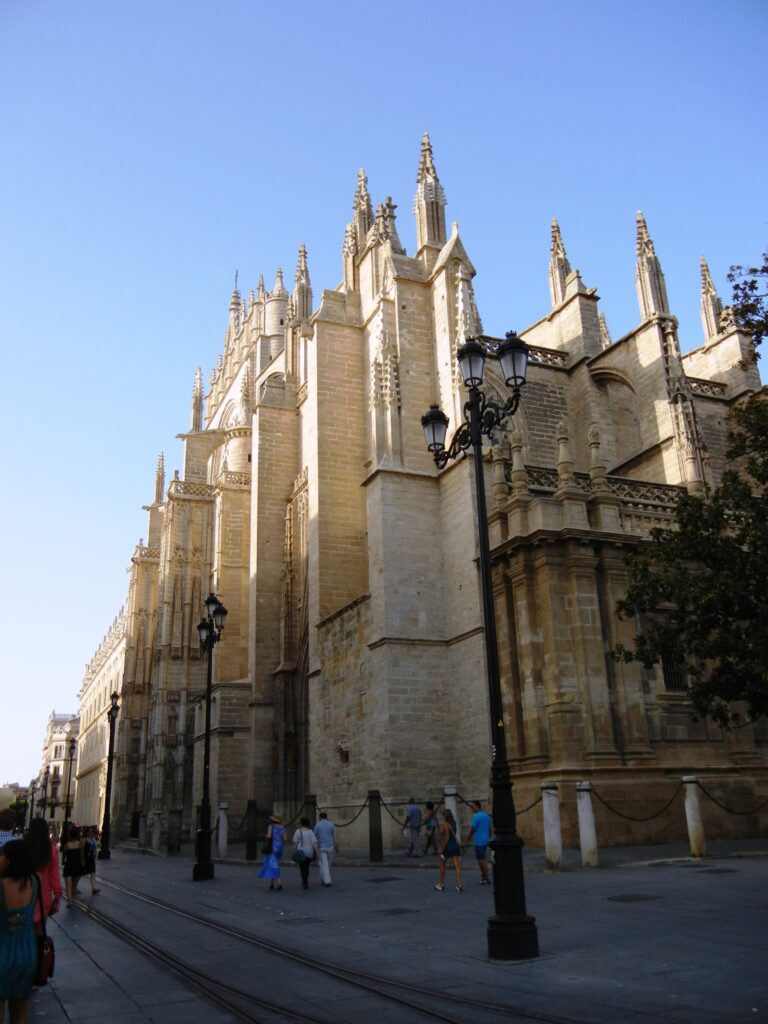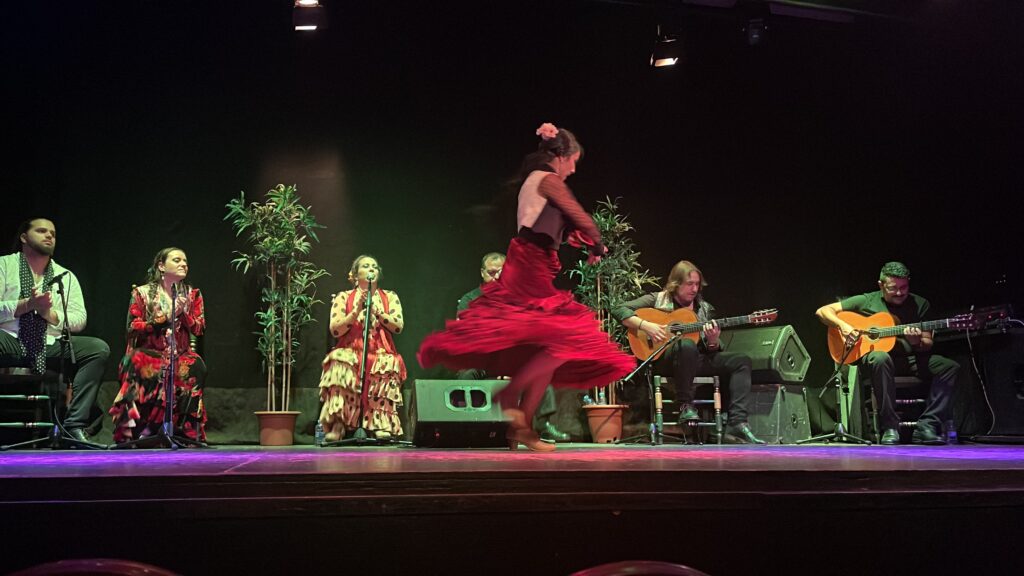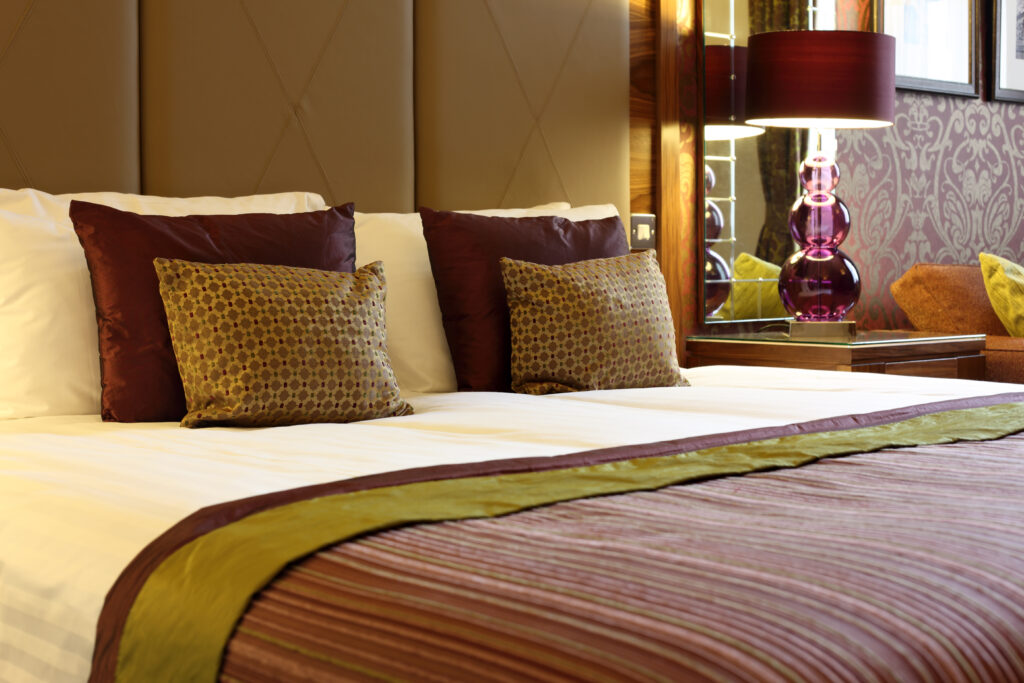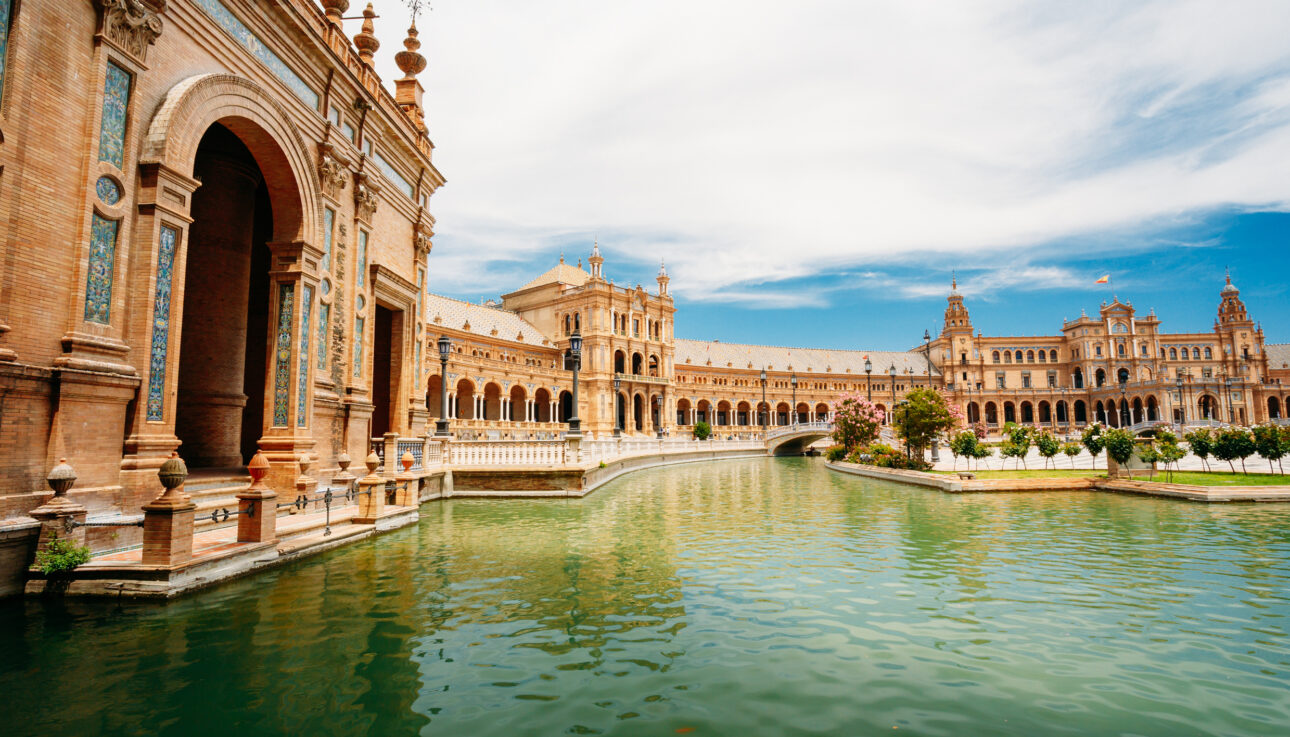The sultry Spanish city of Seville has long seduced visitors with its historic architecture and vibrant flamenco culture. Nowadays, an increasing number of new hotels, contemporary art, and creative restaurants is giving travellers many reasons to put Seville on their bucket list. An undeniably romantic place, Seville has a reputation on traditions that rest on its 16th-century laurels as the center of the New World commerce of Spain. While Barcelona and Madrid attract the big crowds, Seville used to be defined by old-school tapas, architectural marvels of the Renaissance era, and many flamenco shows. Nowadays, there is a contemporary edge led by a collection of artisans, restaurants, and entrepreneurs who have all proved that the city is much more than the relics of its past.

Starting in the city’s Centro district (the main city center), travellers will find most of the city’s historic landmarks. The Catedral de Sevilla is the foremost among them, standing on a site of a former mosque built during Spain’s Muslim-rule era. When completed in 1529, it was the largest Gothic cathedral in the world. It is also the place where Christopher Columbus is buried.
A 15-minute walk from the Catedral de Sevilla, travellers can enjoy unlimited dining and shopping at the Plaza de la Encarnación. Underneath, in what was once a car parking lot, is a popular food market. One more level down and travellers can visit a subterranean museum displaying Roman ruins and relics that were unearthed during the site’s excavation.
Across from the Plaza de la Encarnación, Game of Thrones fans can enter the Real Alcázar palace complex, which stood in as the fictional kingdom of Dorne in the HBO series.

The cobblestone streets of old Seville are perfectly walkable, and most sights are no longer than 15 minutes away. Within 48 hours, you can check off most of the city’s top attractions:
- Plaza de España, built for the Ibero-American Exposition of 1929
- Monastery of Santa Paula, dating back to the 15th century
- Flamenco Dance Museum, where you can catch a daily performance
- Museo de Bellas Artes, with its priceless collection of Sevillian baroque paintings
Located between the Alfonso XIII Canal and the Guadalquivir River is the working-class neighbourhood of Triana. This is where most locals will tell you that the “old school” life of Seville still resides. The area was once famous for its tile factories until a ban on coal-burning ovens shut them all down in the 1970s. Since then, one of them has been converted into the Centro Cerámica Triana, a museum that houses restored kilns, pigment mills, and displays of ceramics from many centuries.
And for romantic dates and/or craft cocktails, there is the rooftop bar at the EME Catedral Mercer Hotel. Travellers can enjoy the local cuisine and drinks while overlooking the Catedral de Sevilla and the Giralda Tower.

After sunset, the amount of Flamenco shows, as well as a variety of other shows, are endless. Travellers looking to immerse themselves in the local culture will never be short of a show or activity to participate in. And that certainly jibes with our goal to experience not only the Andalusian capital, but also the local culture and traditions of Spain!

Top Places to Stay
- Hotel Alfonso XIII, a Luxury Collection Hotel is the top hotel in the city, due to a multimillion-dollar renovation. It is Seville’s grandest hotel, first opened in 1929
- Hotel Casa 1800 Sevilla is on a more intimate scale, occupying an 1864-built mansion in the Santa Cruz neighbourhood
- For more places to stay in Seville, click here! Seville has plenty of accommodation for all budgets!
Top Places to Eat and Drink

